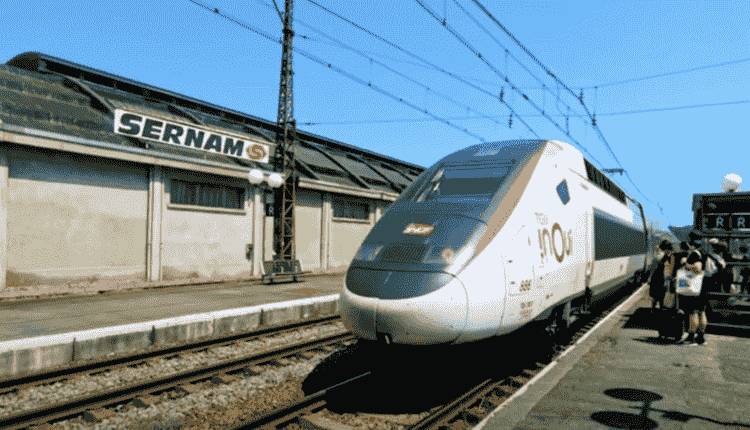
The perspective of China contribution to global health has dramatically changed since the first COVID-19 pandemic to the present.
China’s management of the crisis and its possible impact on future global health emergencies came under great scrutiny as a result of the COVID-19 pandemic, which also brought the country’s actions and transparency under close examination.
China Has Constructed A Cutting-Edge High-Speed Railway
Yet, China has constructed a cutting-edge high-speed railway deep within the nation’s forested interior in this landlocked region of Southeast Asia.
The connection is meant to promote prosperity. Some scientists worry that it might also unleash something new, like a pandemic.
The Asian giant is currently disturbing bat habitats in neighboring Laos that harbor comparable viruses.
These include coronaviruses connected to the COVID-19 pandemic, which is still continuing strong and has killed at least 7 million people globally.
China’s historic Belt and Road infrastructure effort, which links China to the rest of the world, includes a project called the China-Laos Railway.
The railway crosses the border via the Friendship Tunnel, at the fringe of China’s Xishuangbanna Prefecture, after decades of Chinese-led development in Laos.
Read more: Transforming Vending Machines To Fight The Opioid Crisis In America
Raises Concerns of Pandemic Threats from Altered Habitats

After that, it continues another 422 kilometers to Vientiane, the capital of Laos. It travels through lush rainforest, verdant mountains, and pristine karst on its southward journey.
Karst is a complex topography made up of soluble-rock peaks and caverns that is a favorite habitat of the area’s bats and has long served as a buffer between them and human settlements.
The railway is intended to promote growth, increase tourism, and strengthen connections between China and Laos, a one-party communist state with tight ties to its enormous neighbor.
According to the Chinese government, more than 14 million passengers and more than 18 million metric tons of cargo have been transported by the train since it started running in December 2021.
Some scientists, the rail line is concerning because development along its formerly distant course is speeding tree loss and bringing people closer to bats.
Also, the railway makes it possible to move people and goods quickly from rural to populated areas, where viruses can easily proliferate and spread.
This covers any products or people who may have come into touch with live animals while engaging in a wildlife trade that has been connected to prior outbreaks.
Read more: AI Revolutionizing Biotech: Transforming The Landscape Of Drug Development

